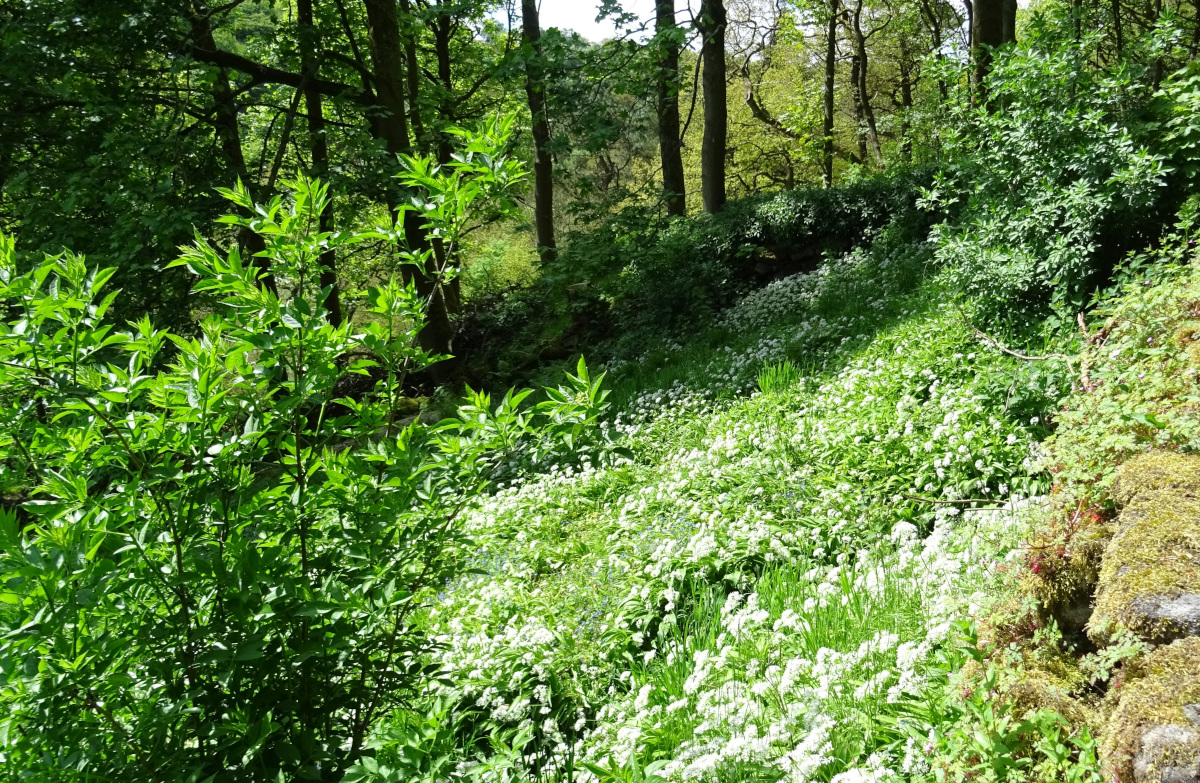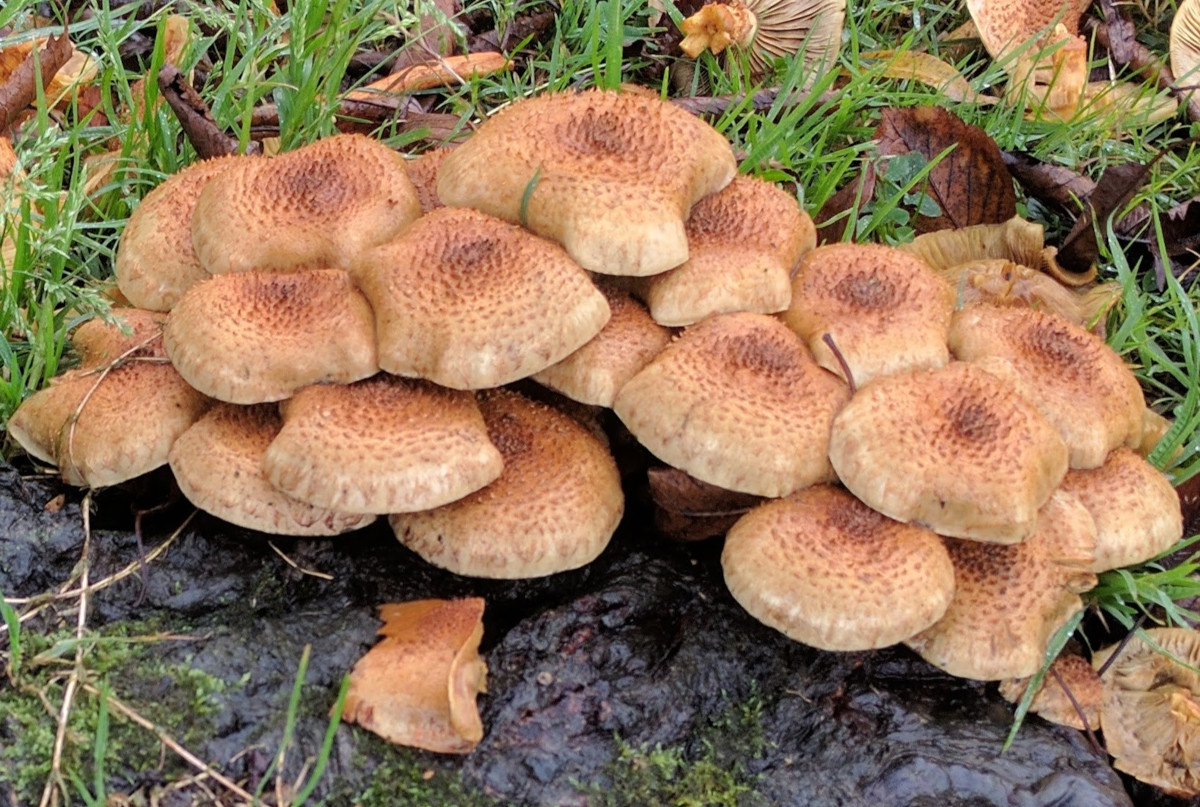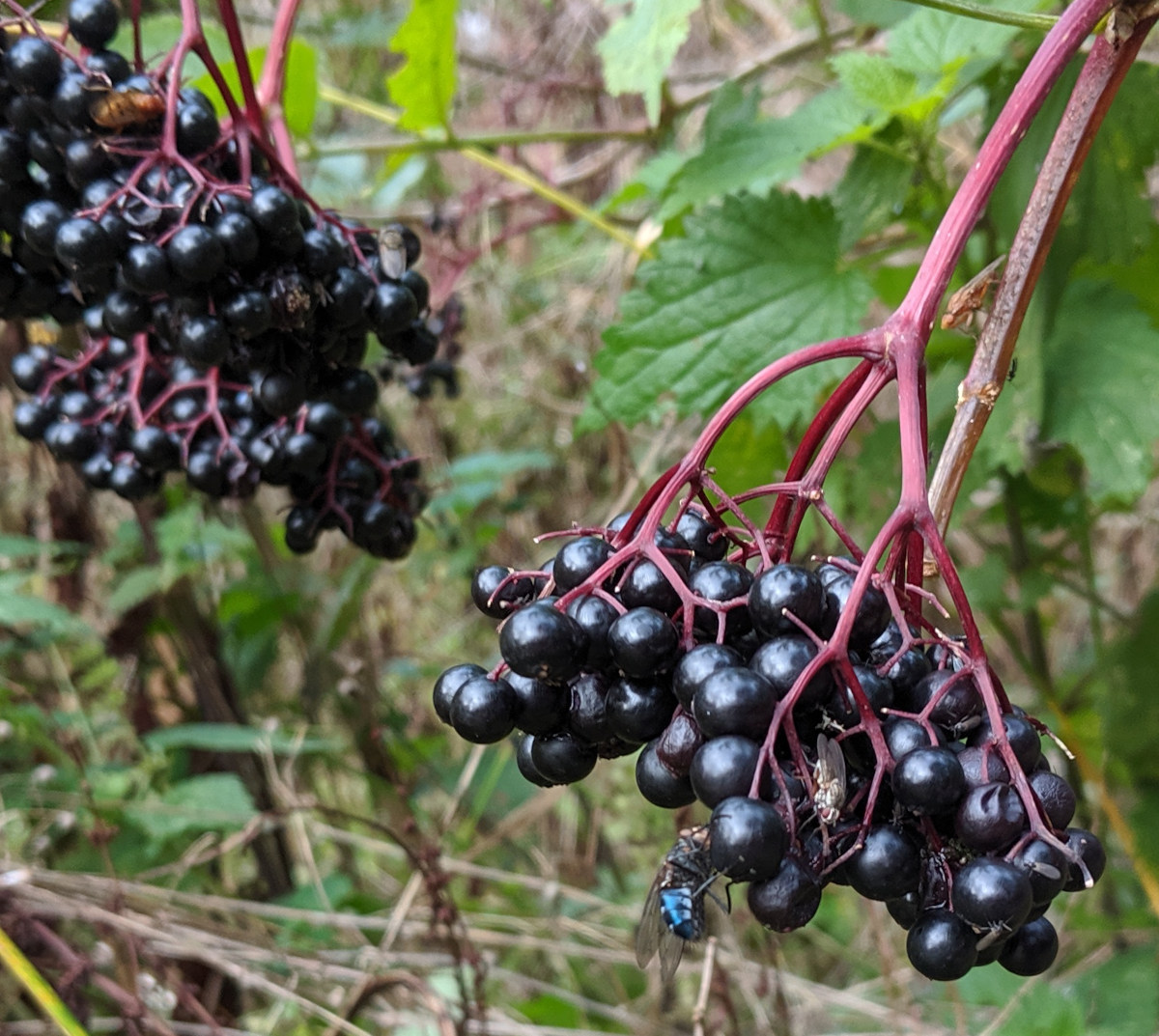How to stay safe when foraging.

Foraging, or the act of gathering wild food, has become increasingly popular in recent years. People are rediscovering the benefits of eating fresh, locally sourced, and sustainable food.
Table of Contents
Foraging comes with risks, and it is important to know how to stay safe while doing it. In this article, we will discuss how to stay safe when foraging and enjoy this activity without putting yourself in danger.
- Know the plants and animals in your area. Be sure to learn about the plants and animals in your area that are edible and poisonous.
- Be aware of the weather conditions. Make sure you're dressed appropriately for the weather and that you're aware of the potential for flooding, landslides, or other hazards.
- Take a reliable form of communication. A fully charged mobile phone or radio might save your life.
- Let someone know where you're going. Always tell someone where you're going foraging and when you expect to be back.
- Be prepared for emergencies. Make sure you have a first-aid kit, a compass, and a way to start a fire with you.
- Be careful when handling plants. Some plants can be poisonous, so it's important to be careful when handling them.
- Don't eat anything you're not sure of. If you're not sure if something is edible, it's best to err on the side of caution and not eat it.
What are the risks of foraging?
The biggest risk associated with foraging for wild edibles is the potential for consuming toxic plants or mushrooms. The second is sustaining an injury that would mean you need to be rescued.
Foraging can be a fun and rewarding activity, but it's important to be aware of the potential risks involved.
Below: Be 100% sure the mushrooms and foods you collects are edible, if you are not then leave them in the wild.

Here are some of the main risks associated with foraging:
Misidentification: One of the biggest risks of foraging is the possibility of misidentifying a plant or fungus. Some wild plants and fungi can be toxic or cause allergic reactions, so it's important to know how to identify them accurately. Always use a reliable field guide or foraging app, and double-check your identification with an expert if you're unsure.
Environmental hazards: Foraging in areas that are contaminated with pollutants, heavy metals, or other environmental toxins can be dangerous to your health. Always avoid areas that have been treated with pesticides or herbicides, and be aware of any potential environmental hazards in the area where you plan to forage.
Trespassing and legal issues: Getting lost is a common problem and foraging on private property without permission is illegal and can lead to fines or other repercussions. Always obtain permission from landowners before foraging on their property, and make sure to follow any regulations or restrictions and sharing agreements that may be in place.
Injuries: Foraging often involves walking through wooded areas or over uneven terrain, which can increase the risk of injuries such as falls, cuts, or sprains. Make sure to wear appropriate footwear and clothing, and be careful when navigating rough terrain.
Parasites and other pathogens: Some wild plants and fungi can harbour parasites or other pathogens that can be harmful to humans. Always wash your foraged foods thoroughly and cook them properly to reduce the risk of illness.
Foraging provides a great opportunity to connect with nature, learn about different plant species, and enjoy fresh, organic food. It can also be a fun and fulfilling outdoor activity for individuals or families.
Below: Foraged food by its very nature has been in the outdoors and exposed to flies and insects and other animals, all of which may harbour pathogens and disease.

By being aware of these risks and taking appropriate precautions, you can enjoy the benefits of foraging while minimising the potential dangers.
Ways to stay safe when foraging:
- Research before you go foraging. Learn about the plants and fungi that grow in your area, their characteristics, and how to identify them. Make sure to research the poisonous plants and fungi that may look similar to the edible ones. Also, check local regulations and laws regarding foraging to avoid any legal trouble.
- Foraging in safe areas is crucial to ensure your safety. Avoid foraging near busy roads or areas that are known to be polluted or contaminated. It is best to forage in parks, nature reserves, or other areas that are known to be safe for foraging.
- Using proper tools when foraging can help you avoid injuries and accidents. Bring a sharp knife, scissors, or clippers to cut the plants or fungi. It is also a good idea to bring a basket or bag to carry your harvest.
- Identifying plants and fungi correctly is essential to avoid picking the wrong ones. Make sure to use a reliable field guide or app to help you identify them accurately. Double-check your identification with a local expert or experienced forager if you are unsure.
- Wearing protective clothing can help you avoid injuries and irritation from plants or fungi. Wear long pants, long sleeves, and gloves to protect your skin. Also, wear sturdy shoes or boots to avoid slips or falls.
- Do not eat what you find while you are still out foraging. This may seem obvious, but it is important to emphasise. Some plants or fungi may be poisonous or cause allergies, even if they are edible for most people. Always test a small amount of a new plant or fungus before consuming it, and wait for any reaction before eating more.
- Know your limits. Foraging can be physically demanding, especially if you are hiking or walking long distances. Know your limits and avoid overexerting yourself. Take breaks, drink plenty of water, and listen to your body.
- Bring a First-Aid Kit and a means of communication. Being able to treat minor injuries is important and a reliable telephone or radio is a must.
- Avoid polluted areas. Make sure the area you are hunting for food in has not been contaminated or used as a dumping ground in the past.
- Be mindful of the wildlife. Some wild animals are dangerous and can deliver poisonous or fatal bites.
- Forage in groups. A group is the best way to stay safe when foraging.
Despite the benefits of foraging, there are some risks that you should be aware of. Eating the wrong plants or mushrooms can cause illness or even death. Other dangers include encountering poisonous animals, getting lost, or sustaining injuries from falls or cuts. Therefore, it is important to take precautions and know how to stay safe when foraging.
